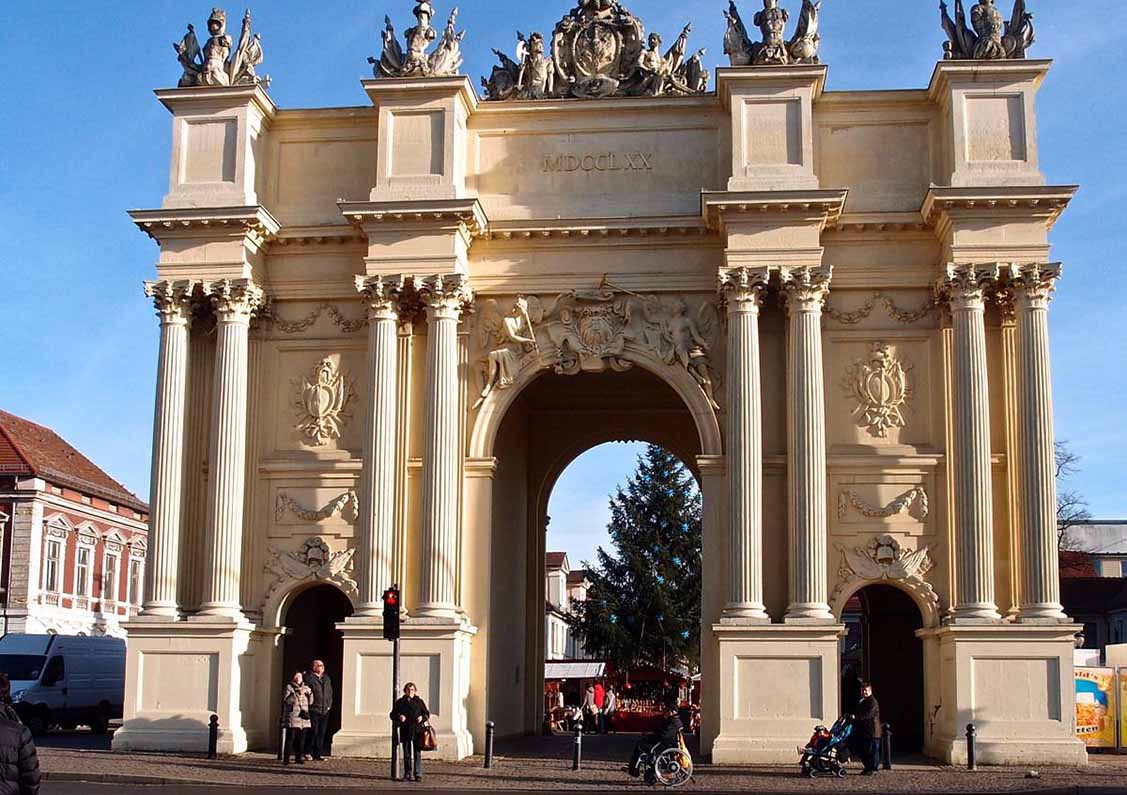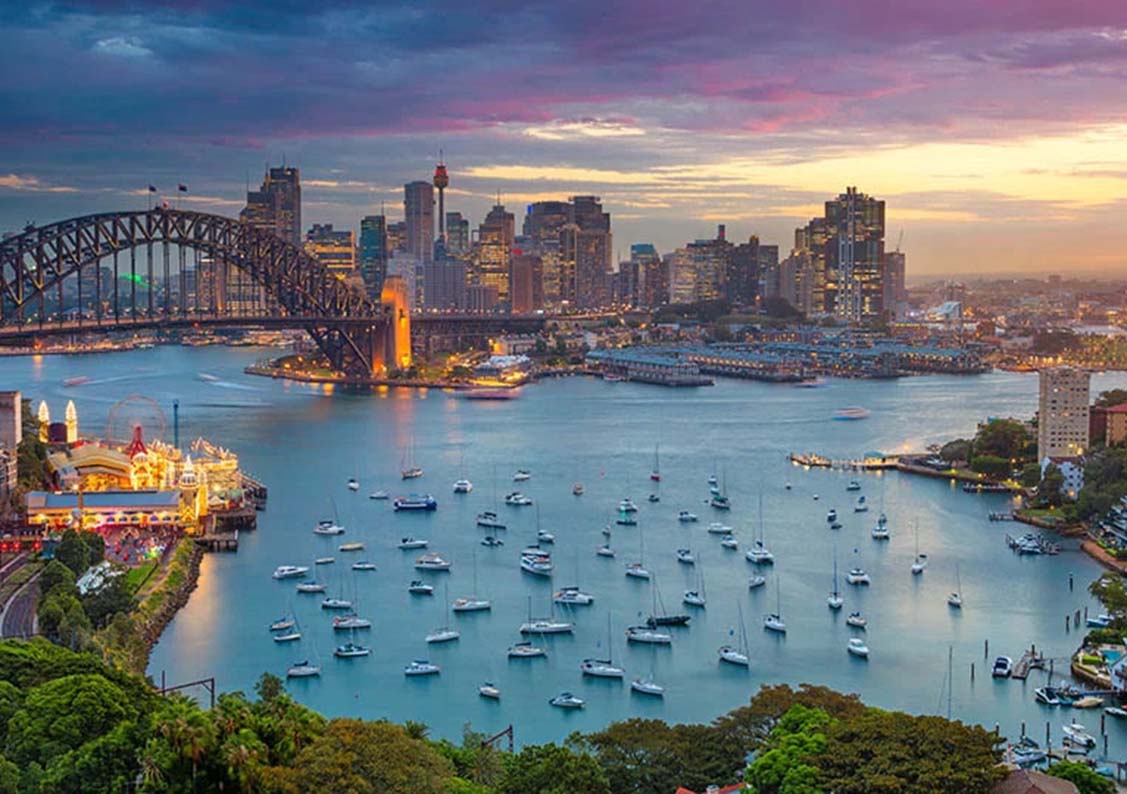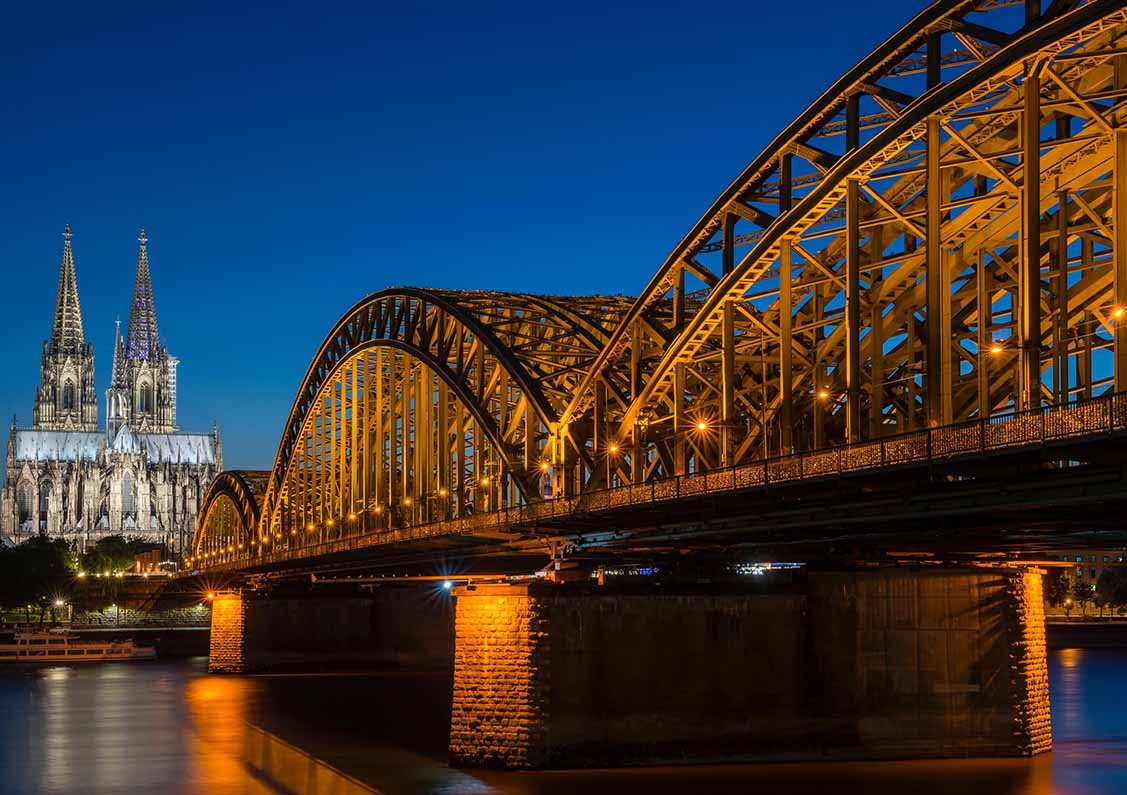Berlin, a city filled with both history and modernity, is the capital of Germany and a hub for European culture, art, and history. Whether you’re a history enthusiast, art lover, or food explorer, Berlin has something to satisfy all your expectations. Although the city boasts numerous attractions, you may feel uncertain about where to start with limited time. Don’t worry—this complete guide will help you navigate Berlin’s top highlights in just a few days, ensuring that you don’t miss any must-see spots.
1. How to Plan Your Berlin Trip
Berlin is a city that blends history, art, and modern vibes. To maximize your travel experience, careful time planning is crucial. Typically, 3 to 4 days will give you a solid taste of the city’s essence, allowing you to dive into its history while also experiencing its modern culture and stunning attractions. Here’s a recommended itinerary for your visit:
- Day 1: Berlin City Center and Historical Sites
On your first day, focus on Berlin’s iconic historical landmarks, such as the Brandenburg Gate, the Reichstag, and the Berlin Cathedral. These places not only reflect Berlin’s history but also serve as cultural symbols of the city. - Day 2: Museum Island and Cultural Heritage
On the second day, immerse yourself in Museum Island, visiting world-class museums like the Pergamon Museum and the Neues Museum, and enjoy rare ancient artifacts and artworks. You can also explore the cultural forum, including the concert hall and art galleries, to soak up Berlin’s rich cultural atmosphere. - Day 3: Berlin Wall Memorial and Surrounding Areas
Day three will take you to the Berlin Wall Memorial to explore the history of East and West Berlin during the Cold War. Visit the Berlin Wall Memorial and the East Side Gallery, where you’ll witness the city’s transformation from division to unity. - Day 4: Parks, Shopping, and Modern Culture
On your last day, enjoy Berlin’s natural beauty and modern urban life. Tiergarten Park is a perfect place to relax, while Kurfürstendamm offers an excellent shopping experience. For street art lovers, the graffiti areas in Kreuzberg will be a pleasant surprise.
2. Day 1: Berlin City Center and Historical Sites
2.1 Brandenburg Gate
The Brandenburg Gate is one of Berlin’s most famous landmarks and serves as the symbol of the city. This 18th-century neoclassical monument once symbolized the division of Berlin but now represents unity and peace. Whether during the day or at night, the sight of Brandenburg Gate is spectacular, making it a perfect spot for photos. It’s a great place to start your Berlin adventure, as it’s close to many other important landmarks.
2.2 Reichstag (Reichstag Building)
Located near the Brandenburg Gate, the Reichstag is the heart of Germany’s politics. This historic building, home to the German Federal Parliament, features a distinctive glass dome designed by architect Norman Foster. Visitors can ascend the dome for free and enjoy panoramic views of Berlin. To avoid long lines, it’s recommended to book tickets online in advance.
2.3 Museum Island
Museum Island, located on the Spree River, is one of the most famous museum complexes in the world. It houses five museums that display various artworks and historical artifacts from ancient Egypt to the 19th century. Among them, the Altes Museum, Pergamon Museum, and Neues Museum are the must-visit highlights. The Pergamon Museum’s reconstruction of the Ishtar Gate and the Hanging Gardens of Babylon is considered a world wonder.
2.4 Alexanderplatz
Alexanderplatz is a major transport hub and commercial center in Berlin. The Berlin TV Tower (Berliner Fernsehturm), located in the square, is the tallest building in Berlin and one of its most recognizable landmarks. You can take an elevator to the top for a breathtaking view of the city. The square is also surrounded by shops and restaurants, making it a great place to rest, shop, or experience the hustle and bustle of Berlin’s urban life.
2.5 Berlin Cathedral (Berliner Dom)
The Berlin Cathedral is one of the largest and most magnificent churches in Berlin, located next to Museum Island. This baroque-style cathedral is stunning on the inside, and you can also climb to the dome for a different perspective of Berlin’s skyline.
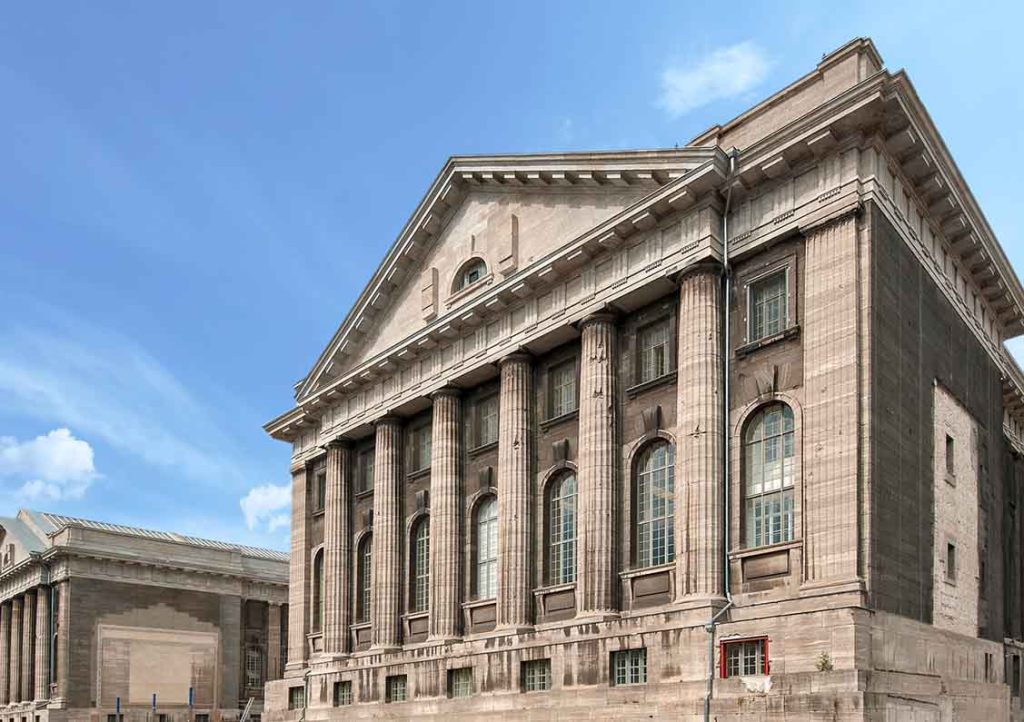
3. Day 2: Museum Island and Cultural Heritage
3.1 Pergamon Museum
As mentioned earlier, the Pergamon Museum is one of the most important museums on Museum Island. It houses ancient artifacts from civilizations such as Mesopotamia, Greece, and Rome. One of the most famous exhibits is the Pergamon Altar, which is considered the pinnacle of ancient Greek art. The museum also features the Ishtar Gate of Babylon, which is one of the world’s most beautiful architectural structures.
3.2 Neues Museum
The Neues Museum primarily showcases artifacts from ancient Egypt and the Mediterranean world, with a special focus on the Egyptian mummies and the famous stone relief of Queen Nefertiti. The Nefertiti bust is one of the most celebrated exhibits, demonstrating the fine art of ancient Egypt.
3.3 Kulturforum
Located in the center of Berlin, the Kulturforum is a cultural district with many world-class museums and art institutions. The Berlinische Galerie, the Konzerthaus (Concert Hall), and the Deutsches Historisches Museum (German Historical Museum) are located here. You can immerse yourself in Berlin’s artistic and cultural atmosphere at the Kulturforum.
4. Day 3: Berlin Wall Memorial and Surrounding Areas

4.1 Berlin Wall Memorial
The Berlin Wall is one of the most iconic symbols in German history, and the Berlin Wall Memorial is the best place to learn about this history. The site, located in the Bernauer Strasse area, includes a preserved section of the Wall and a museum that explains its history. Here, you can gain a deeper understanding of Berlin’s division and the Cold War struggle between East and West Germany.
4.2 East Side Gallery
The East Side Gallery is the longest outdoor gallery in the world, stretching for 1.3 kilometers and featuring many works of art that reflect the fall of the Berlin Wall and the spirit of German reunification. Many of the artworks here have become important cultural heritage, offering a unique blend of history and art.
4.3 Checkpoint Charlie
Checkpoint Charlie was a crucial border crossing point between East and West Berlin during the Cold War. Today, it has become a popular historical site for visitors. There is a museum next to the checkpoint, which details the Cold War era’s stories and the efforts people made to escape the wall.
5. Day 4: Parks, Shopping, and Modern Culture
5.1 Tiergarten Park
Tiergarten Park, located in the heart of Berlin, is the city’s largest park and one of the most famous spots for relaxation. Whether you want to run, bike, or simply unwind, this park offers the perfect environment. The park also features several monuments, with the Victory Column (Siegessäule) being the most famous. You can climb to the top for a panoramic view of Berlin, especially on clear days when the city looks magnificent.
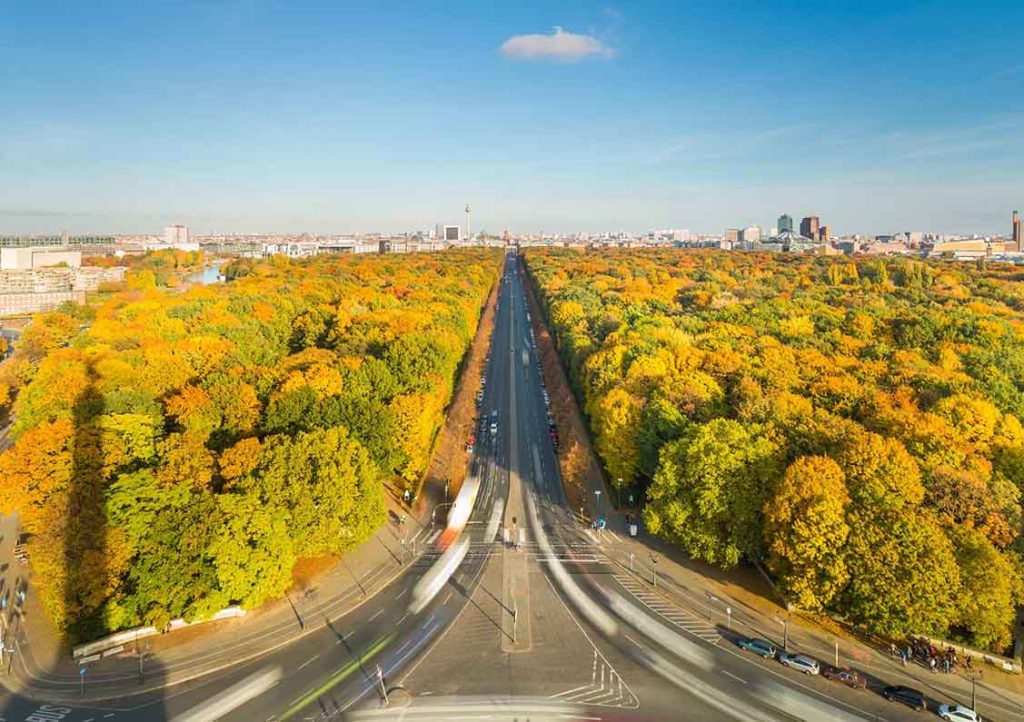
5.2 Kurfürstendamm
Kurfürstendamm is not only a shopping paradise but also a representation of modern Berlin. Along the street, you’ll find flagship stores of luxury brands like Chanel, Louis Vuitton, and high-end shopping centers such as KaDeWe. For those who love shopping, this street is an ideal destination. In addition to shopping, the street is lined with many cafes and restaurants, perfect for a break with a cup of coffee or to taste local delicacies like the famous Currywurst (curry sausage).
5.3 Berlin Modern Art and Culture: Berlin’s Street Art
Berlin is a city filled with creativity and artistic expression, and street art is one of the key cultural features of the city. In neighborhoods like Friedrichshain and Kreuzberg, you can find vibrant graffiti and street art works that showcase the unique perspectives and creativity of young artists. These artworks, whether on walls or street installations, reflect Berlin’s distinctive cultural energy. These creative spaces not only attract locals but also become popular spots for visitors seeking to experience Berlin’s modern culture. Street art in Berlin is more than just decoration—it’s a form of social and political commentary and artistic expression. Whether you’re an art enthusiast or just want to experience Berlin’s energy, the city’s street art will surely surprise and inspire you.
Berlin is a city that beautifully combines history and modernity, with every corner offering something worth exploring. With proper time management and thoughtful planning, you can explore Berlin’s highlights even in a limited time. Whether it’s historical sites, art museums, cultural hubs, or vibrant street art and parks, Berlin will surely provide you with unforgettable experiences.
